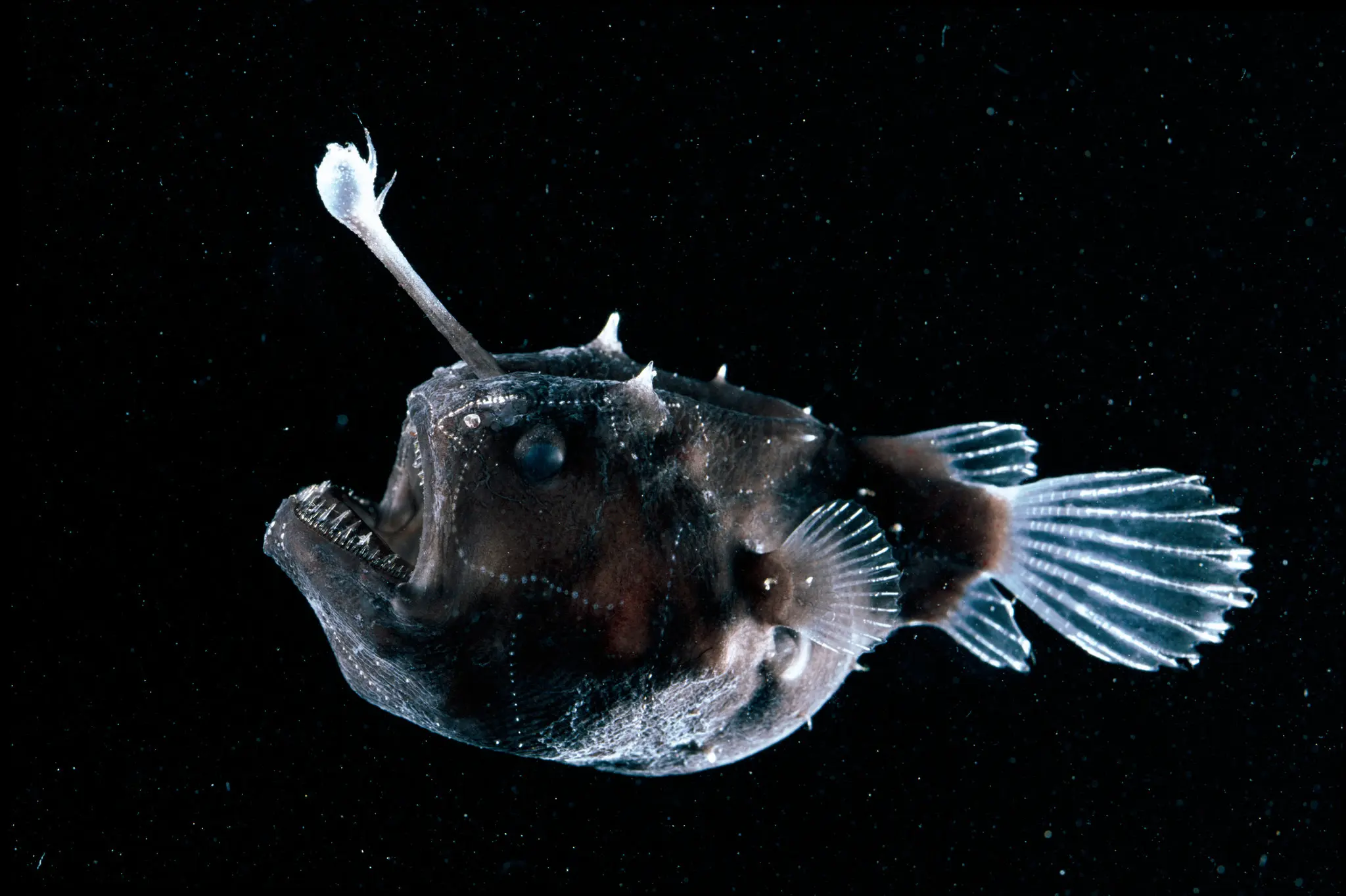Here's some irony: the Viking Age began circa 793 AD with the famous raid on the monastery at Lindisfarne on the northern English coast. The Vikings that attacked the monastery were probably Danes. And the ancestors of the people at Lindisfarne and many of the people of England were...Danes. Well, not "Dane Danes," but they were from Denmark and Germany near the modern German/Danish border.
In the 400s, the native people of England and Wales – the Britons, were subjected to successive waves of invasion by the tribes known to history as the Angles, Saxons, and Jutes. The Angles, or as the Romans referred to them, the "Ængle," are believed to have inhabited the area of today's central Denmark. Just to the south of them was another Germanic tribe – the "Saxones." In the north of Denmark were the "Jutes. The far north of Denmark, even today, is called "Jutland" - not because it "juts" into the sea, but because the people that lived that in ancient times were the "Jutes."
Unfortunately for the Angles, Saxons, and Jutes, the area of Europe they inhabited was either: surrounded by water on three sides or crowded with many other Germanic tribes – not all of which were friendly. But, you know, they were early medieval German tribes – so none were friendly. So, the Angles, Saxons, and Jutes, who seem to have been able to, at the very least, reach an understanding about finding a new land to live in, decided to make their way across the sea to "Brittania" as the Romans called the British Isles.
When Roman Britain fell around 400, much of the southern part of the island was a Romano-Briton hybrid culture, and among the upper classes, Roman law, customs, dress, etc., were common. The Angles, Saxons, and Jutes put an end to that – in medieval fashion.
Over the decades and the next century or so, the Angles and Saxon cultures merged into what we know today as "Saxon England." The Jutes are believed to have settled in East Anglia, the large jutting (no pun intended) peninsula on the southern part of England's east coast. Unfortunately, records of the Jutes are almost nonexistent after they arrive in England. Most believe they were assimilated into the larger Anglo-Saxon culture.















